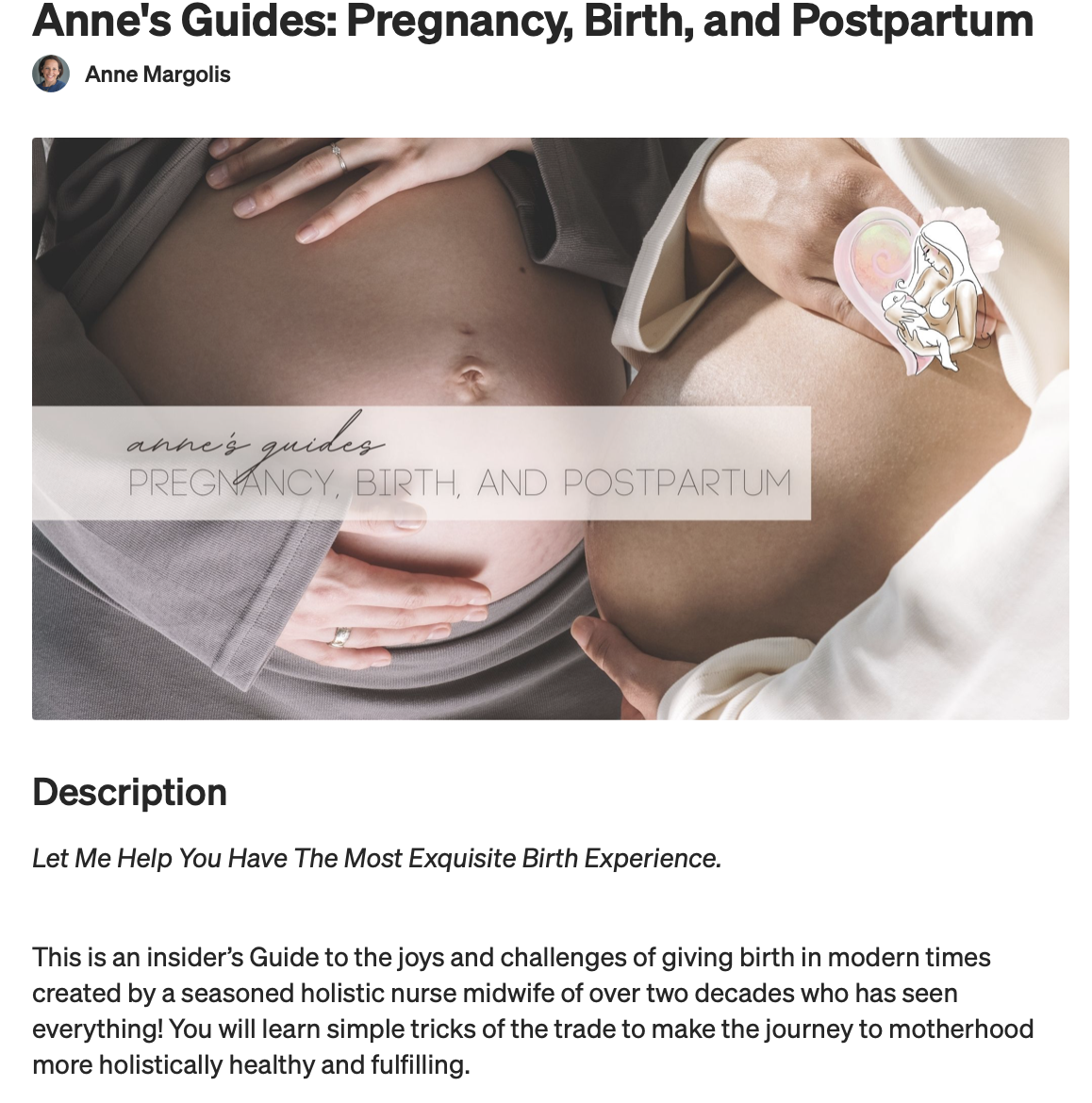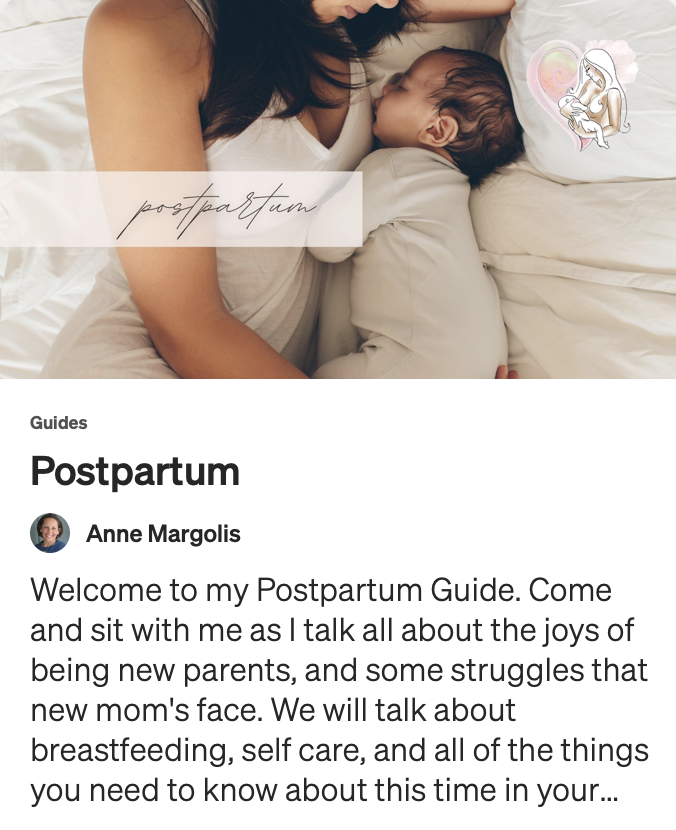Many mamas who want a natural birth may not be as familiar with the the number of choices they need to make regarding interventions to baby postpartum. These are routine in many hospitals, with more freedom of decision making out of hospital at a freestanding birthing center or home with a midwife. Healthy babies are suctioned, all exams and procedures are done in the nursery, not by bedside, they are bathed, given Vitamin K injection and antibiotics in their eyes, and Hepatitis vaccine, and babies with a penis are told they need medical circumcision. Other procedures are pulse oximetry to screen for critical congenital heart disease not picked up on the mid pregnancy anatomy scan if baby had one, audiology screening, and the newborn screening blood test.
Healthy vigorous babies born vaginally can clear their own lungs and don't need suctioning - even with bulb syringe. That's not a gentle welcoming for them, but invasive and traumatic. Suctioning can be harmful to baby’s transition from womb to world, and isn't evidence based care. It's more effective and less harmful to do percussion and postural drainage or use ambu bag if needed. Most of the lung filled fluid is cleared with the big squeeze through the birth canal. The rest is absorbed into the body, and for ~ first 24 hours, baby spits it up, coughs or sneezes it out.
All routine baby exams and decided upon procedures can be done in room with parents. It’s an important part of bonding, nursing and sensitivity to baby’s nervous system. Baby needs to be skin to skin for warmth and comfort after birth, close to mama for nursing. There’s no medical reason for healthy newborn nurseries, with babies separated from parents in bright rooms in isolettes filled with strangers. Nurseries serve hospitals, not babies. If mama needs a rest, it can be done with baby in room cared for by another support person.
Babies born in hospitals are still be given unnecessary baths with chemically laden soaps and kept dry with toxic talc and artificially fragranced baby powder. The birth juice and meconium can be wiped with your own natural products by you or your partner, but there is no rush to wash off the skin disrupting the flora of good bacteria that protects baby’s health, and remove the vernix (the white waxy, cheesy protective material that covers baby’s skin) so most of it can absorb into baby’s skin and allow baby to receive its protective benefits. It is not only a skin moisturizer and softener, it’s also an antioxidant and skin cleanser with anti-infective properties. It regulates baby’s skin pH needed for health, helps control baby’s temperature and insulate the baby, so crucial after birth from womb to world. It might help babies latch, as the scent of vernix may trigger neural connections in babies’ brains needed for breastfeeding, and bonding with that delicious new baby smell. It also smells of mama, which can provide comfort to baby and enhance bonding after birth. The The World Health Organization (WHO) recommends waiting at least six hours — and if you can go a full 24 hours, even better to give the first bath. Since it doesn’t fully absorb until day 5-6, I’m not sure why the first bath can’t wait until then. Leave it on and even rub it in like body butter. Don’t let anyone wash it off.
Hepatitis B vaccine is given to prevent baby from blood born infection spread by contact with blood and body fluids like unsafe sex, IV drug use, accidental professional needle stick, and high risk communal settings. If baby has not had these sources of exposure, it can be delayed until prior to entering school, if you choose infant and childhood vaccinations. Refer to my blog on immunization for more info.
Vitamin K injection and Antibiotic eye ointment are given routinely to all babies born in US hospitals without considering individual situations. In some states you can refuse, in others it’s the law and they can report you to Child Protective Services - but these organizations have bigger problems to deal with and often the case is dropped after some unnecessary stress and aggravation. We don’t have these laws in most homebirth settings.
The antibiotic eye ointment is to prevent sexually transmitted infections gonorrhea and chlamydia that could cause blindness in newborns after exposure in birth. It is given within the first hour of life during the most alert time of baby after birth, interfering with vision at such a sacred crucial time when initial bonding and breastfeeding take place. It is irritating to baby and disrupts the delicate balance of flora in their eyes which can lead to other infections. Needing to give antibiotics is not relevant to babies born to mutually monogamous parents who do not have these infections. Taking into consideration that one may not know for sure there is another secret partner, these infections can be tested for in a pregnant mama at term, and if negative, the antibiotics can be refused in good faith. If you do test positive for one of these sexually transmitted infections, you and partner can be treated and retested to see if cured, but it may be wise to consider the antibiotics for baby’s eyes, since exposure can happen again. Then you can delay the medication until after you and baby look into each other’s eyes, have some time for bonding and breastfeeding.
To give vitamin K to the newborn within the first hour of birth is to prevent a rare but serious blood clotting disorder called vitamin K deficiency bleeding (VKDB). There is an early onset VKDB that happens within the first 24 hours, classical expression in 2-7 days, and late onset that usually occurs in 3-8 weeks of life. Our bodies need vitamin K to help the blood to clot when needed. Giving it to babies at the recommended dose via injection is currently evidenced based care, but still not a simple matter.
The American Academy of Pediatrics opines strongly in favor of it. The current evidence does support the injection, saying there is little risk other than rare potential allergic reaction, and that the benefits far outweigh the potential risks. The injection is mega dosed, with 20,000 times the amount new baby has at birth, 5000 times the recommended daily allowance. It is injected into the muscle, which is a more rapid route than oral. In its synthetic form, it is considered a class C drug which means its safety is unknown in pregnancy, risk cannot be ruled out, there are no satisfactory studies in pregnant women, but animal studies demonstrated a risk to the fetus or potential benefits of the drug may outweigh the risks. The package insert itself warns that it can cause sometimes fatal allergic reactions when injected into a muscle or vein, and is ideally take by mouth or injected under the skin. The synthetic medication contains concerning chemical preservatives. It is available, but not accessible in most hospitals without the preservatives, but the preservative free vitamin K still does have some chemicals to increase absorption. It is also concerning to ponder the impact of overdosing on a fat soluble vitamin that stays in the system, as opposed to water soluble vitamins in which excess is excreted out in the urine.
In formula fed babies, the risk of VKDB is negligible as the formula contains synthetic vitamin K. For babies who breastfeed, an alternative is the oral form of vitamin K, in which some protocols have not been as effective as the injection in preventing VKDB - although some of the increased risk was related to parents not administrating of all the doses. Vitamin K using the Danish protocol is just as effective at preventing VKDB, though not accepted by modern medicine and hospital practice in the USA. Several European countries have a licensed oral vitamin K available with varied protocols, for those who wish to decline the injection, which is most effective according to the research to prevent vitamin K deficiency bleeding in babies. Except the Danish protocol. The Danish protocol is preferred as it seems to be just as effective as the injection according to the studies. It is vitamin K1 - phytonadione: 2 mg orally at birth, the 1 mg once weekly for 6 months as long as breastfeeding is greater than 50% of the baby’s diet. As it is a supplement in the USA, it is not regulated, FDA approved or certified like the injection made from pharmaceutical companies, for preventing VKDB in new babies. That does not mean it is not effective or unsafe. Still many who decline the injection prefer it as a viable alternative. Finding it in the states can be a challenge, but some homebirth supply companies and midwives carry it. If doing this protocol, best to do with a feeding as vitamin K is fat soluble, to increase absorption.
Little research is available on the alternatives, such as breastfeeding mamas eating more vitamin K or supplementing (like with 5 mg daily) to boost levels in breastmilk and prevent the rare vitamin K deficiency in newborns.
But as with all other routine interventions in the entire healthy normal physiological process of having a baby, the more we study, the more we find their lack of benefit and increased risk, and that mother nature or the Divine intelligence that created it all did not get it wrong. Maybe there is a reason we do not know yet why newborns are born with low vitamin K that does not reach optimal levels until the eighth day of life, from the gut flora. Is it a deficiency if they are all born that way? I defer to Dr. Sara Wickham who has analyzed the research for over 20 years and even wrote a book on this subject alone. “Several thousand babies need to be given vitamin K in order to prevent each case of vitamin K deficiency bleeding (VKDB), a disorder formally known as hemorrhagic disease of the newborn. Unfortunately there is little research interest (as is so often the case) in questions such as 1- how we might be able to pick out the babies who are truly at risk rather than giving the universal prophylaxis and 2- whether and why it might benefit babies to have a relatively low level of vitamin K compared to adults.”
Newborn screening checks a baby for serious but rare and mostly treatable health conditions at birth. It includes blood, hearing and heart screening. The newborn screening blood test may screen for up to 50 diseases, including phenylketonuria (PKU), sickle cell disease, and hypothyroidism but know it is only a screen that leads to more testing to confirm or more likely rule out the rare diagnosis. It has a high false positive rate, as there are more than 50 false-positive results for every true-positive result identified through newborn screening in the United States. This means baby tests positive on the screen but do not actually have the disease. Screening is mandatory in and funded by nearly all states - despite the varied diseases for which each state screens; although most will reluctantly allow parental refusals on religious and other grounds, and such refusal does not usually engender civil or criminal penalty. The American Academy of Pediatrics opines strongly about the importance of the screening, but it does not control the different conditions screened for by each state. You or your partner can certainly hold and comfort baby during the blood test which hurts for a few moments.
The American Academy of Audiology supports early identification, assessment, and intervention for all types of hearing loss in infants and young children to minimize deleterious effects on speech, language, education, and social/psychological development. The screening should take place by an audiologist at 1 month of age and does not need to be done after birth. It is not an invasive screening and can be done in your room by your side, so if you gave birth at the hospital it can be more convenient doing it there. Or you can take baby to an audiologist by one months of age if you choose the hearing screen.
Pulse oximetry screening is a simple and non-invasive procedure used to measure how much oxygen is in the blood and has been found effective in screening for critical congenital heart disease (CCHD) in newborns, if done within 24 hours after birth. Current evidence supports consistent accuracy for detection of CCHDs in newborns by pulse oximetry screening in addition to prenatal ultrasound and clinical examination. Overall, early diagnosis of CCHD with pulse oximetry is judged to be beneficial, identifying disease that may be treated and lifesaving, and potential harms associated with false-positive tests are not serious, but stressful, while missing CCHDs and other serious diseases detected by hypoxemia without pulse oximetry screening can lead to serious consequences. It is interesting that this is not the position of other institutions such as the United Kingdom National Screening Committee and the Royal College of Pediatrics and Child Health. Further research is required to understand and improve the effectiveness and efficiency of the screening and its algorithm. Some mamas do not want this philosophical standard medical approach of looking for diseases, prefer to address the issue if baby shows signs, and have Divine faith that whatever happens is meant to be.
Medical (non-religious) circumcision is the most controversial routine surgical procedure done mostly in the US on babies with a penis, prior to discharge. The vast majority of boys in world aren't circumcised. There's no evidence to justify this routine procedure on medical grounds & its risks are downplayed. The American Medical Association classifies it as a non-therapeutic procedure, as it has no proven benefits and risks outweigh them. The American Academy of Pediatrics has never, in its over 75 years of operation, recommended routine newborn circumcision. The foreskin is a normal, sensitive, functional part of the body, protecting the head of the penis from urine, feces, and irritation; it also has an important role in sexual pleasure, as it has specialized, erogenous nerve endings, gliding and lubricating functions. For a thorough analysis of the literature, science & research, potential risks & alleged benefits, cultural/religious roots & human rights bioethical issues see here.
THIS ISN’T ABOUT PAST, HOW WE WERE ADVISED MEDICALLY OR CULTURED TO DO. IT’S ABOUT DECISIONS MOVING FORWARD.
I like to promote informed choice, question routine status quo, and help those interested in studying the data and what factors create opinion and dogmatic policies, as well as encourage those who wish to ponder this topic with a more critical eye and make their own decisions about their baby’s health care.
Educate yourself & make an informed decision about what you want or don't want for YOUR baby, with my online Guide to Pregnancy, Birth and Postpartum. And in adjunct, my Natural Birth Secrets book 2nd edition, as in many cases, it is totally safe and appropriate to investigate natural alternatives.


















